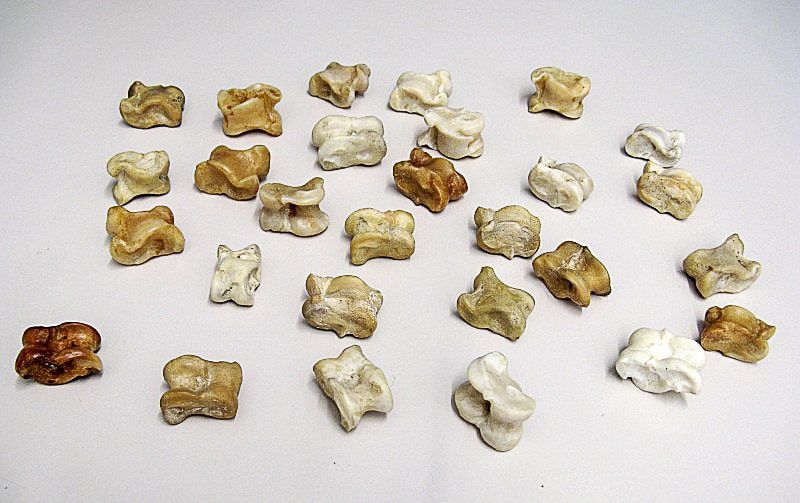Taba, the game inherited by Europeans in Mexico
The game of taba was introduced in the 16th century by the Spaniards in their new colonies. Perhaps it is a good example of how a fragment of the history of a game can be reconstructed from a find: the taba, a dice that disappeared only to be found again in the 21st century.





